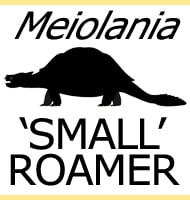Qianosuchus
In Depth Qianosuchus is a poposaurid rauisuchian that may have been semi-aquatic, similar to the genus Diandongosuchus in ecological niche. Part of this interpretation comes from the fact that the Qianosuchus holotype was discovered in a deposit that was formed from what seems to have been a lagoon. Further Reading - An unusual archosaurian from … Read more
